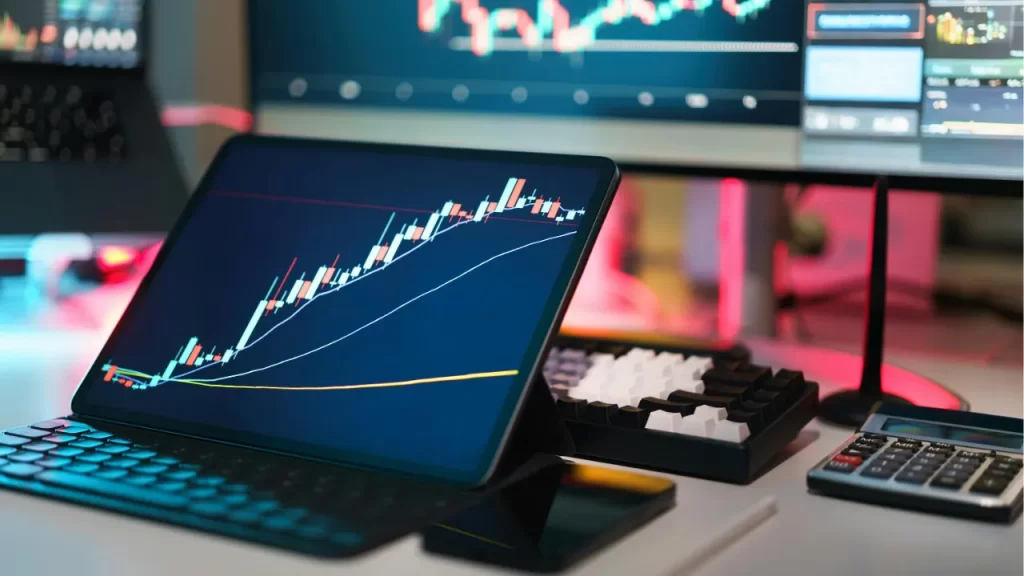When trading Contracts for Difference (CFDs), you may notice that sometimes your trade is executed at a slightly different price than what you expected.
This difference is known as slippage, and it can affect your profits or losses — especially in fast-moving markets.
Understanding slippage is essential for managing your trades effectively, especially if you’re trading during volatile periods or using market orders.
What Is Slippage?
Slippage occurs when a trade order is executed at a price different from the one you requested.
It can happen during both market and pending orders, and it often occurs when there is high volatility, low liquidity, or a delay in order execution.
Slippage can be positive, negative, or neutral:
- Positive slippage: Your order is filled at a better price.
- Negative slippage: Your order is filled at a worse price.
- Neutral: Your order is filled exactly at the price you intended.
Why Does Slippage Happen in CFD Trading?
1. Market Volatility
Rapid price movements can cause prices to change in milliseconds.
If you place a market order during a news event or major economic release, the price may shift before your broker can fill the order.
2. Liquidity Gaps
If there are few buyers or sellers at your desired price level, the broker may fill your order at the next available price, leading to slippage.
3. Order Type
- Market orders are most prone to slippage because they are executed immediately at the best available price.
- Limit orders, on the other hand, are less likely to experience slippage, but they may not be executed at all if the price doesn’t reach your set level.
4. Execution Speed
Slower internet connections, server delays, or outdated trading platforms can delay order execution and result in slippage.
How Does Slippage Affect CFD Traders?
- Reduced profits: If you’re buying at a higher price or selling at a lower price than intended, it can reduce the profit margin of a trade.
- Increased losses: Slippage can cause your stop-loss to be hit at a worse price, especially in volatile markets.
- Risk exposure: Frequent slippage can throw off your risk-reward calculations.
How to Minimize Slippage
While you can’t eliminate slippage completely, you can reduce its impact with smart practices:
1. Use Limit Orders
Set specific entry and exit prices to control exactly where trades are filled. While there’s no guarantee the order will be executed, you protect yourself from unexpected price shifts.
2. Avoid Trading During Major News Events
Economic data releases and central bank announcements often cause sharp price movements.
If you’re not an experienced trader, it’s safer to stay out during those times.
3. Choose a Reliable CFD Broker
Opt for a broker with a reputation for fast execution speeds, stable platforms, and tight spreads. Look for those with slippage protection features.
4. Trade During High-Liquidity Hours
Trade during major market sessions (e.g., London and New York overlap) when there’s more liquidity, which reduces the likelihood of slippage.
Final Thoughts
Slippage is a normal part of CFD trading — especially in fast-moving markets.
While it can be frustrating, understanding why it happens and how to manage it can help protect your capital and improve your overall trading performance.
Don’t ignore slippage when calculating your risk and expected return.
By planning ahead and using the right tools, you can reduce its impact and stay in control of your trades.






